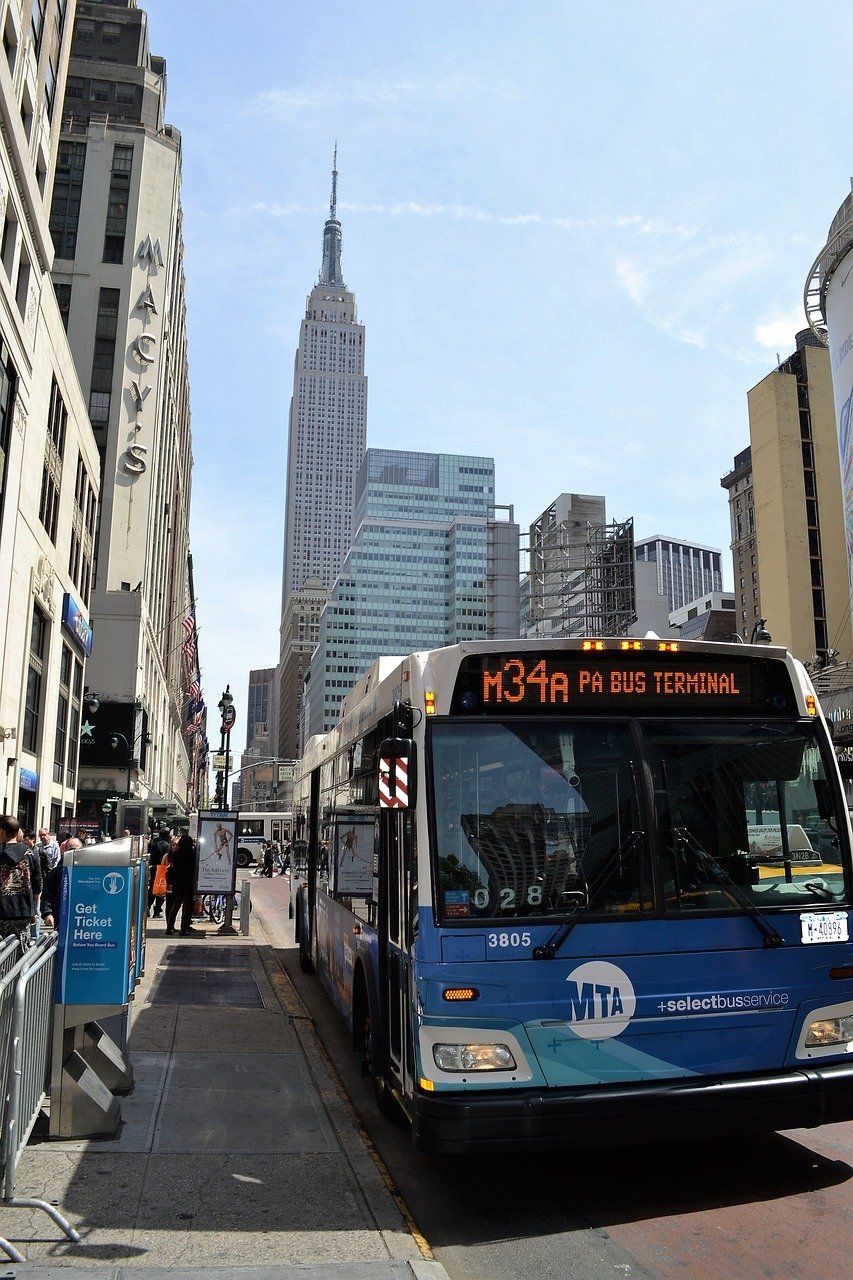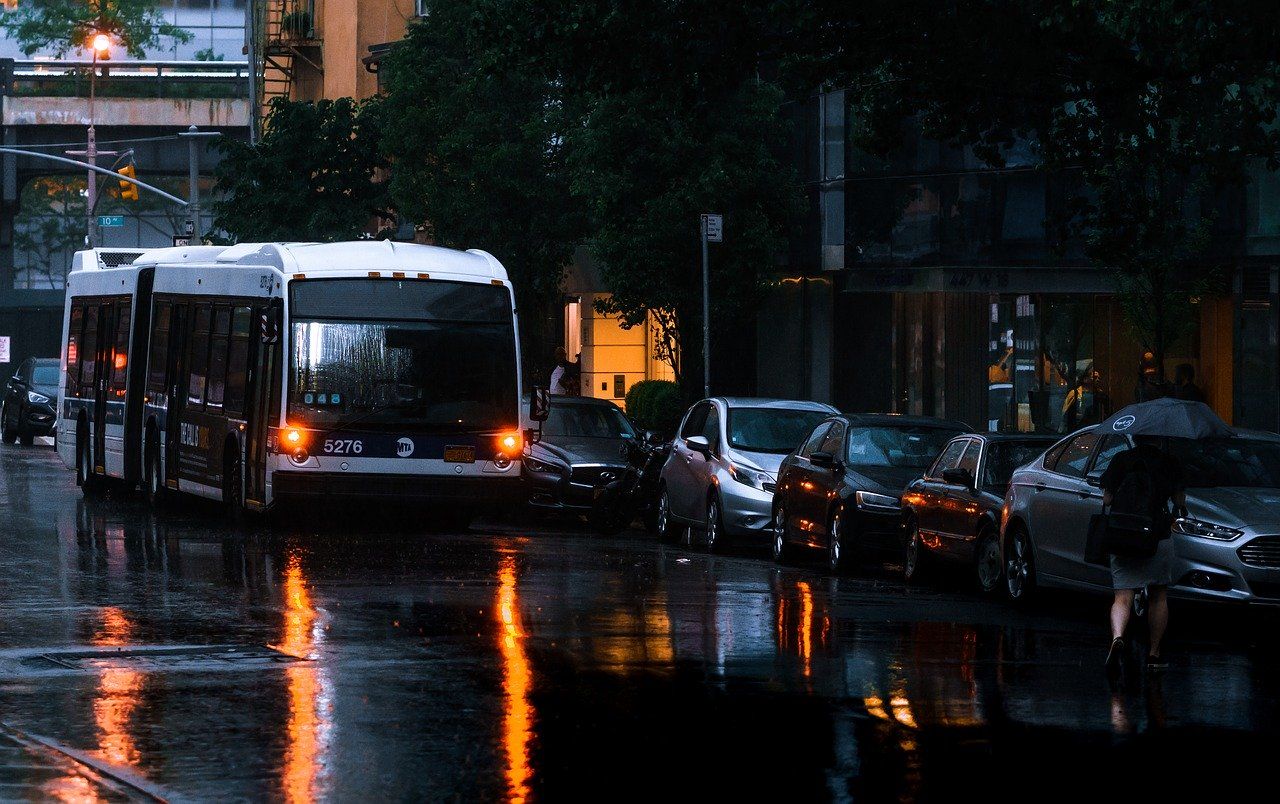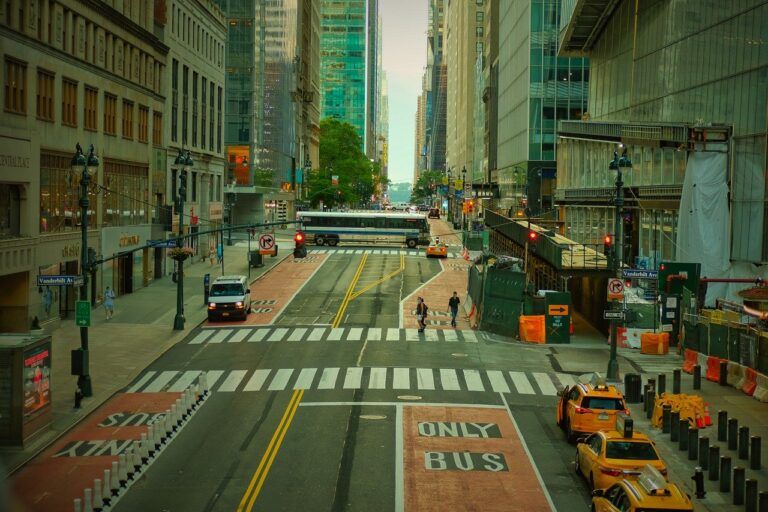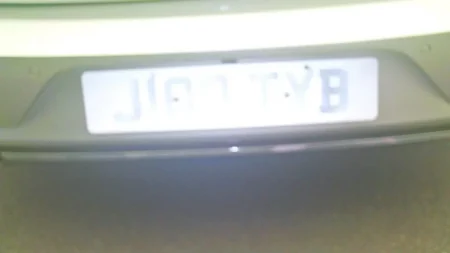 With the announcement of the Better Buses Restart plan and new routes featuring bus-mounted cameras, the two agencies remain committed to increasing bus speeds with the help of automated camera enforcement of bus lanes. That enforcement is expected to help ensure that congestion is reduced and bus speeds and commute times are improved for riders.
With the announcement of the Better Buses Restart plan and new routes featuring bus-mounted cameras, the two agencies remain committed to increasing bus speeds with the help of automated camera enforcement of bus lanes. That enforcement is expected to help ensure that congestion is reduced and bus speeds and commute times are improved for riders. Bus lane camera enforcement technology currently exists in all five boroughs, and expansion is planned for all five boroughs as well. There are currently eight corridors in Manhattan, five corridors in Brooklyn, four corridors in Queens, three corridors in the Bronx and one corridor in Staten Island with bus lane camera enforcement. Nine new corridors across the five boroughs will have stationary cameras activated next week.
“When buses can navigate city streets more easily, all New Yorkers win,” says New York City Transit interim president Sarah Feinberg. “We’re excited to work with our partners at DOT once again to reduce commute times and give thousands of bus riders a more congestion free commute.”
“The Mayor’s Better Buses plan is making sure more buses can move quickly and reliably in dedicated lanes – and automated camera enforcement is among the best ways to make that happen,” says Polly Trottenberg, New York City Department of Transportation commissioner. “As we add nine new corridors, I am proud to stand with our partners at MTA, who have shown that improving bus service has clearly been a shared priority. I also want to thank the state legislators who spearheaded the new law that allowed this unprecedented enforcement expansion. Together, we are making sure buses play a central role in moving New Yorkers in our city’s COVID-19 recovery.”

Each bus lane corridor has signage indicating the hours that the bus lanes are operable, and that the lanes are camera-enforced. NYCDOT will issue warnings to motorists for 60 days, in accordance with state law, to ensure that drivers are informed about the program before any fines are imposed. After that, a single violation will cost US$50, and increased fines will be added for repeat offenders. Since violations are issued against the vehicle, not the driver, points are not deducted from motorists’ licenses. Issuance of violations for all these routes will begin on Friday 9th October 2020.
Since bus-mounted camera enforcement began last year, there have been improvements in M15 bus speeds on First and Second Avenues, with increases of up to 34% in some segments. The MTA’s bus-mounted cameras are also on the M14, B44 and B46 routes, where speeds have also increased as a result of the cameras.

Approximately 1.3 million violations have been issued from NYCDOT’s stationary bus lane cameras since the program’s inception in 2011. 37,518 violations and warnings have been issued from the MTA’s bus-mounted cameras since that program’s inception in October 2019.
Stationary or bus-mounted camera enforcement is already in effect on 21 different street corridors citywide. A law passed by the state legislature in 2019 eliminated the cap on all automated bus lane enforcement and created a new tiered fine structure: fines now begin at US$50 and escalate for each fine in a 12-month period, up to US$250. (Previously, all violations were US$50.) Additional routes, with stationary and/or bus-mounted cameras will be added over time. NYCDOT also works with NYPD to enforce bus lanes citywide through traditional methods. The MTA is planning to expand bus-mounted cameras as part of the 2020-2024 Capital Program.
“Well enforced bus priority is the key to increasing bus ridership. Automated camera enforcement is an essential tool in keeping bus lanes clear, because dedicated bus lanes alone do not work if motorists do not respect them or abide by traffic laws,”says Craig Cipriano, MTA Bus Company president and NYC Transit senior vice president for Buses. “So if you’re a motorist, consider this your warning: bus lanes are for buses, and our joint resolve with DOT to enforce the rules covers more city streets than ever before.”





